This very interesting region in Norma contains many HII features as well as many other interesting objects. Below you can see an annotated version with the most clearly visible objects identified, except for the HII region in the bottom left corner. I couldn’t find out what this is called, so if anyone knows please let me know in the comments below 🙂
Somehow these objects and this fov get rarely imaged, which made it all the more interesting for me to try and get a nice image out of this.
Most eye catching are the RCW objects, which are different types of objects. Let’s have a more detailed look at each of them.
RCW 103 Supernova Remnant
RCW 103 is the brightest region of hydrogen gass in this image. It is a supernova remnant of a star that went supernova around 2000 years ago at a distance of 9000 light years from earth.
It (probably) has a very interesting neutron star in the center: This might very well be the slowest rotating pulsar we currently know of.
“The source exhibits properties of a highly magnetized neutron star, or magnetar, yet its deduced spin period is thousands of times longer than any pulsar ever observed.” http://chandra.harvard.edu/photo/2016/rcw103/
RCW 104 and Wolf-Rayet 75
Wolf-Rayet stars are extremely hot stars. Their surface temperatures range from 30,000 K to around 200,000 K, hotter than almost all other stars. They have broad spectra, but lack in hydrogen. They cause strong stellar winds, thus shaping their environment and feeding it with material.
In this case we can see such a star (WR 75) in the middle of the HII region known as RCW 104 which is shaping and ionizing the surrounding hydrogen gass.
RCW 106
RCW 106 is a cloud of hydrogen gass and dust. In fact, it contains so much dust that much of hydrogen gass and a lot of stars are hidden from sight in the visible light. RCW 106 contains some very massive O-type stars. These stars (probably) form in the most dense areas of the gass and dust cloud and they live only briefly. They burn through their fuel in tens of millions of years.
RCW 102
RCW102 is another interesting gass cloud that’s a mixture of ionised hydrogen gass and dust. Neighbouring RCW 102 we can find the bright planetary nebula RCW101, Menzel 3 or the ‘Ant Nebula’.
RCW 101, also known as Menzel 3 and the Ant Nebula
Menzel 3 is a young bipolar planetary nebula that is composed of a bright core and four distinct high-velocity outflows. It is expanding at a rate of 50km/s and located at around 8000 lightyears from earth.
Open star clusters
There are numerous Open Clusters like NGC6115, Ruprecht 116, Ruprecht 176, Pismis22 and many more.
Ruprecht 176
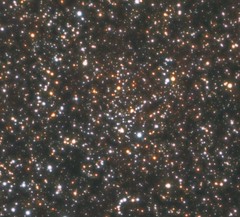
Planetary nebulae
Apart from the Ant nebula there are two more planetary nebulae that can be seen in this image. They are Pe1-4 and WRAY 17-74.
Acquisition details
Image taken with monochrome Nikon D600 on a APM107/700 with Riccardi reducer and modified Nikon D600 on a TS Quadruplet 480/80, mounted on Fornax 51 and guided with MGEN.
Ha 22x12min ISO400
RGB 20x12min ISO400
Location: Astrofarm Kiripotib, Namibia
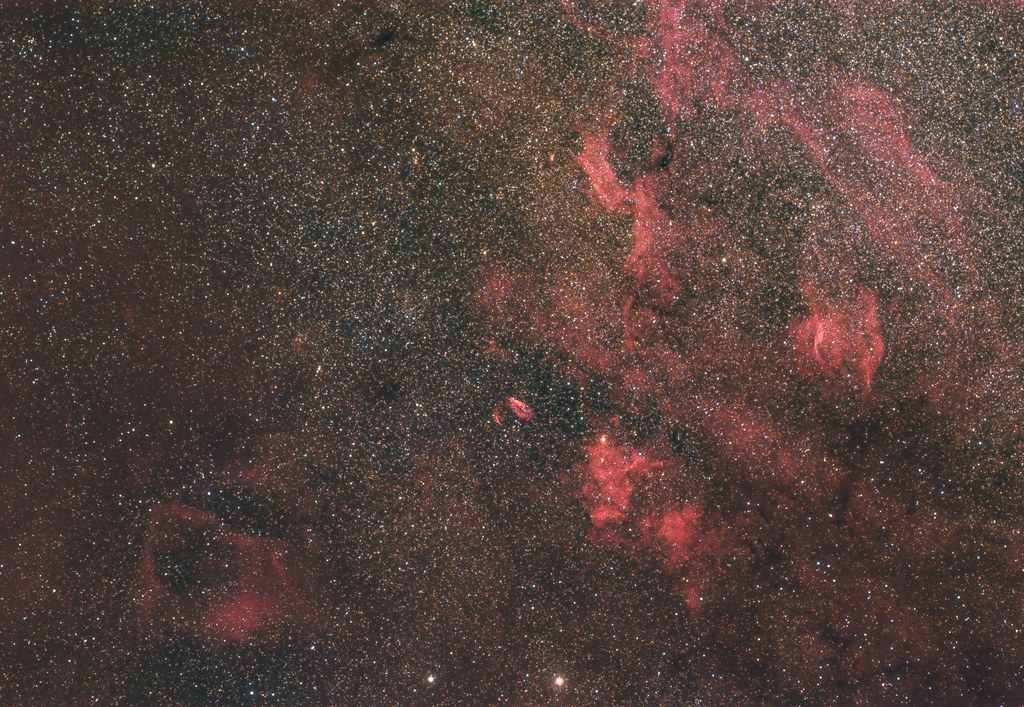
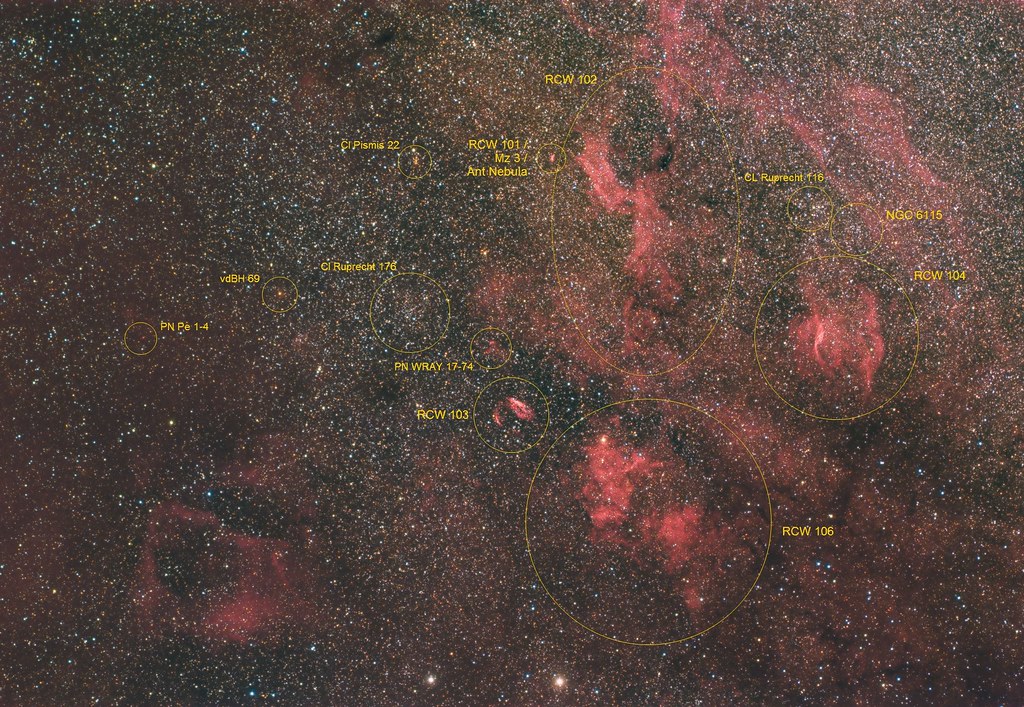
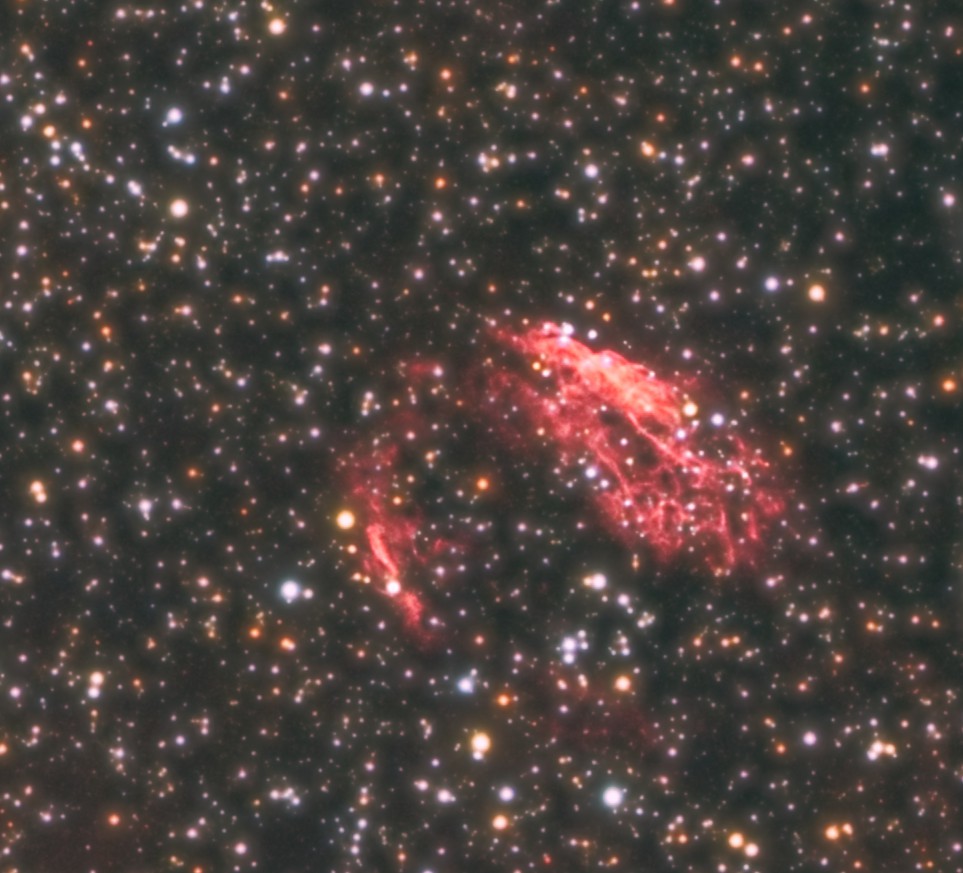
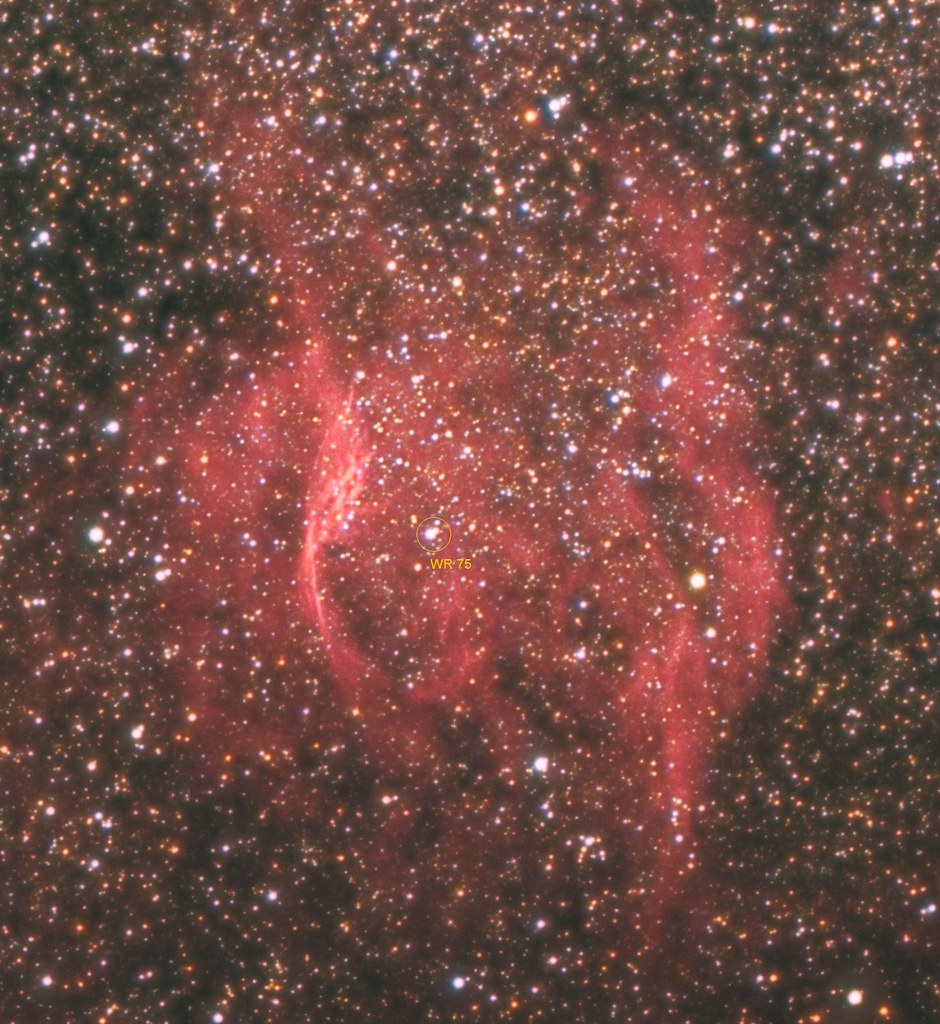
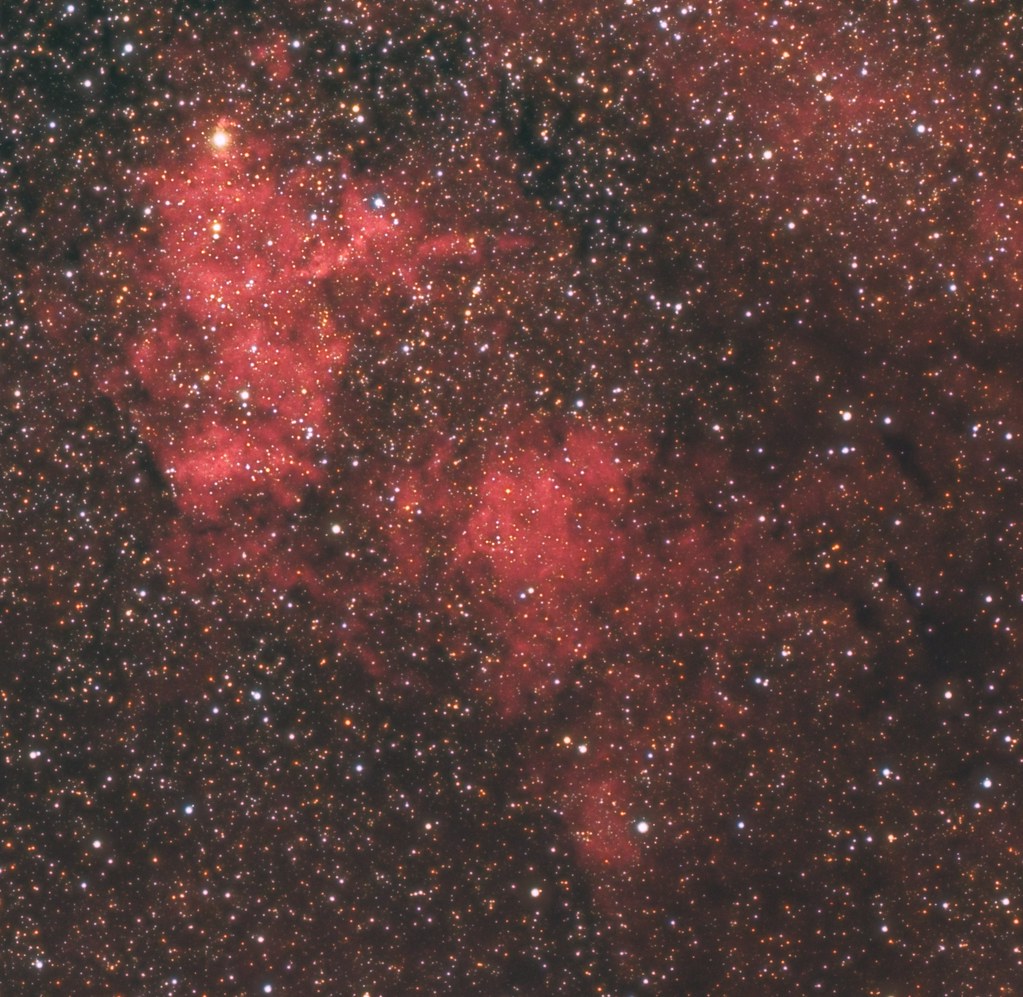


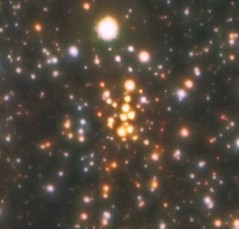
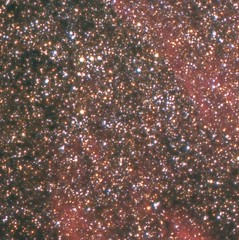
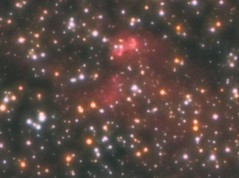
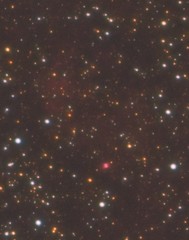

Nice image! The HII region in the bottom left corner is BBW 30000b.